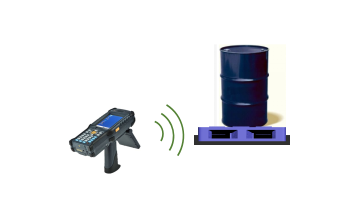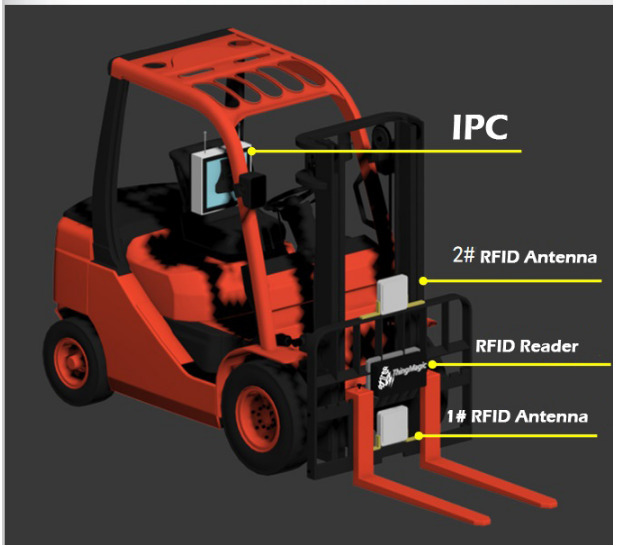Background on Hazardous Waste Management
With the development of the economy, the amount of hazardous waste discharged by enterprises, especially the textile, chemical, pharmaceutical, electronic and other industries, has increased year by year. Improper handling, storage and use of hazardous wastes will cause atmospheric damage, water and soil pollution, serious health hazards to the production and living environment, and restrict the healthy development of my country’s economy and citizens. Assim sendo, it is of great significance to improve the centralized, efficient and safe disposal of hazardous wastes, and to speed up the automation and intelligent process of hazardous waste disposal.
Introdução ao RFID

Gestão de Resíduos Perigosos 1
As a UHF RFID manufacturer, RFIDHY RFID technology has brought new breakthroughs to the improvement of hazardous waste information management. The introduction of RFID technology into the hazardous waste information system enables the system to realize automation, standardization and information management.
Soluções RFID
Handheld RFID Reader
RFIDHY RFID technology implements RFID tags in pallets and writes hazmat information into the tags. Staff will use handheld RFID readers to scan labels and barcodes and upload them to a backend database. The background system generates tasks and stores them in the warehouse, and at the same time sends task commands to the smart forklift.
The intelligent forklift consists of a forklift industrial control computer (IPC) and an RFID reader. The forklift IPC can directly receive the warehousing tasks generated by the background system, and guide the forklift driver to the designated loading point for the shipment of dangerous goods.
When the forklift arrives at the loading and unloading point to load dangerous goods, the RFID reader will read the pallet label and query the background data system to confirm the information of the dangerous goods being transferred. And the background system instructs the forklift to deliver to the designated warehouse area.
RFID Dangerous Goods Management

Gestão de Resíduos Perigosos 2
Install RFID tags at warehouse entrances. When the forklift enters the warehouse, the RFID reader will obtain the location information in the tag and compare it with the back-end system data. If the information matches, it tells the forklift to go to the correct location; if not, it sets off an alarm and reminds the driver to go to the correct warehouse.
After the forklift driver arrives at the designated shelf, the RFIDHY RFID forklift management system will start unloading. When unloading, the RFID reader will read the shelf label and check whether the shelf information is correct. If it is correct, it will complete the warehousing operation and give feedback to the background system to update the inventory information in time; if it is incorrect, it will prompt an alarm to guide the forklift driver to the designated shelf position.
RFID Warehousing Application
Through the application of RFID in the warehousing process, it will help the hazardous waste management center to strictly classify and store hazardous materials. It improves the warehousing efficiency of one piece by one warehouse, avoids dislocation caused by human error, and maximizes the protection of dangerous goods.
The pretreatment of outbound dangerous goods also needs to be operated in strict accordance with the relevant operating procedures. Different dangerous goods, methods and steps are different, the most important thing is to avoid wrong handling process.
RFID technology has the characteristics of long reading distance and high environmental tolerance. It can realize the automation, efficiency and standardization of hazardous waste in and out management. portanto, RFID improves the concentration, eficiência e segurança da gestão de resíduos perigosos, e reduz efetivamente a pressão do gerenciamento manual.
Palavra-chave: RFIDHY Armazenagem Etiqueta NFC Soluções RFID





